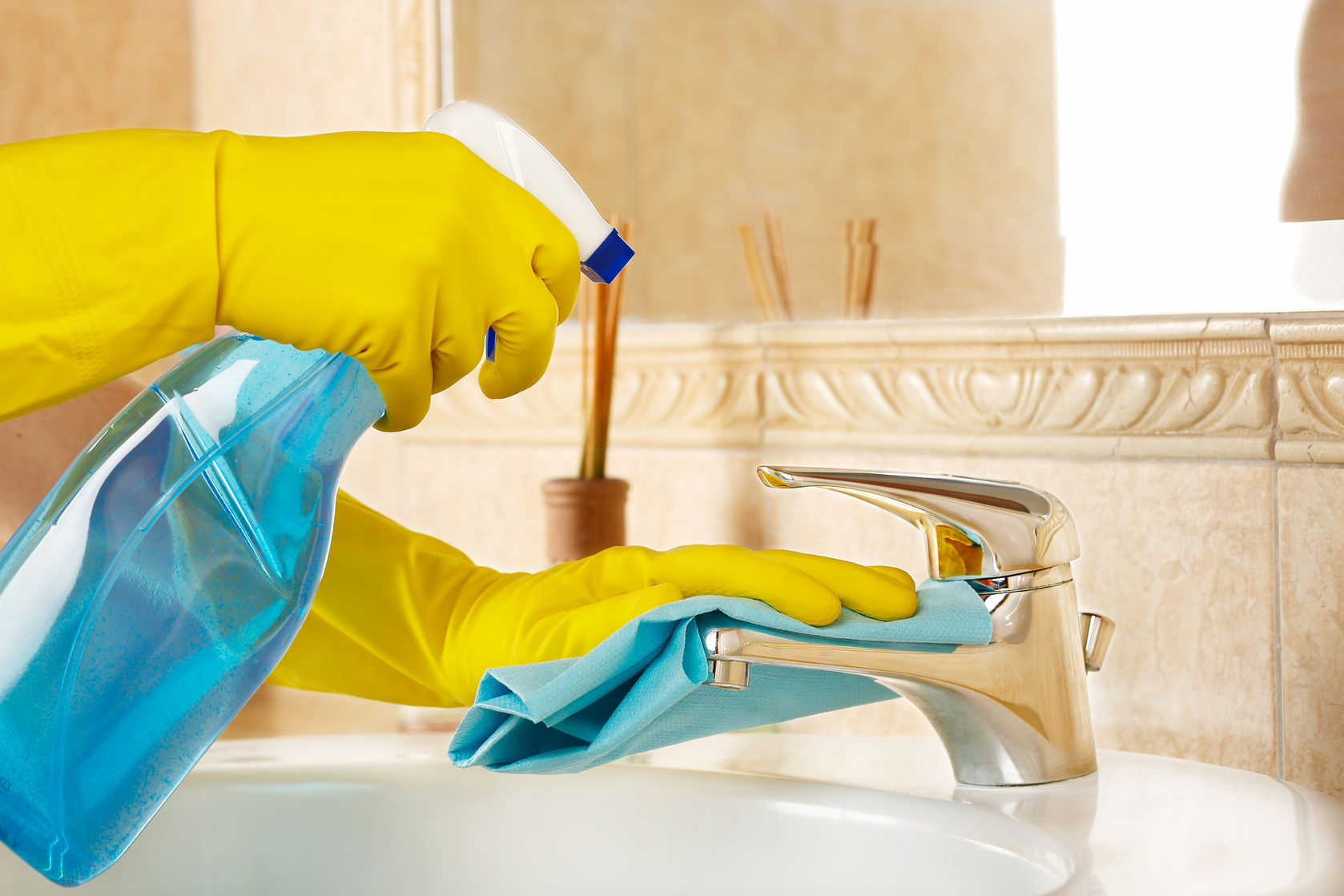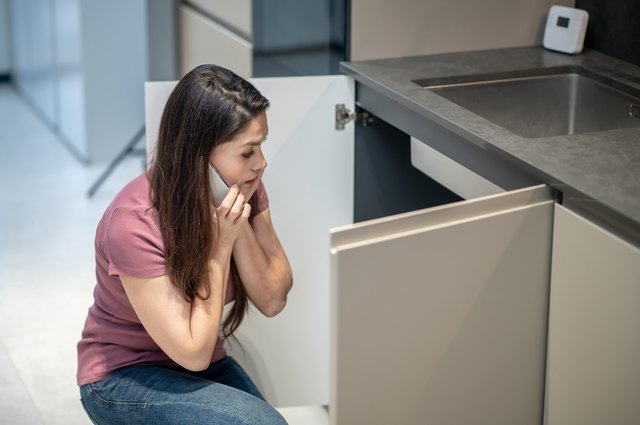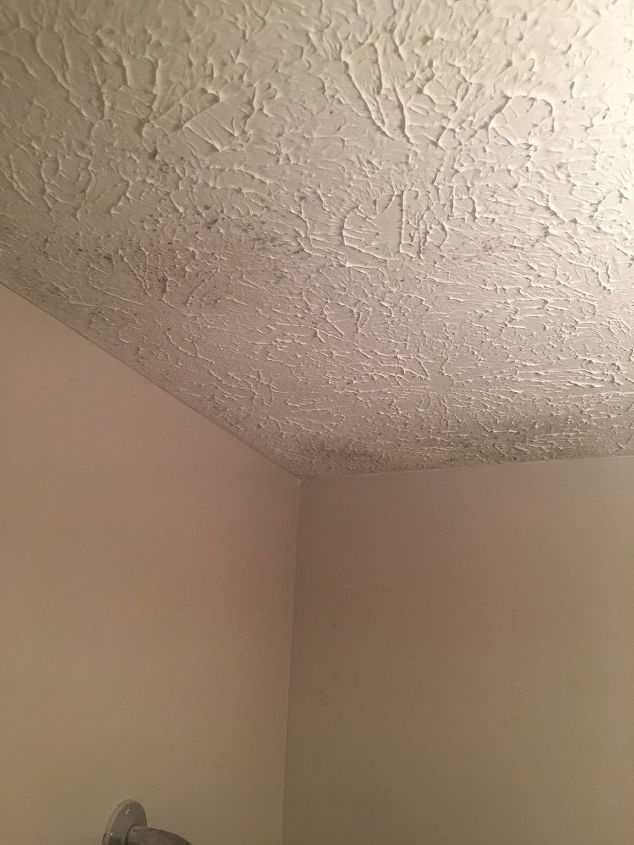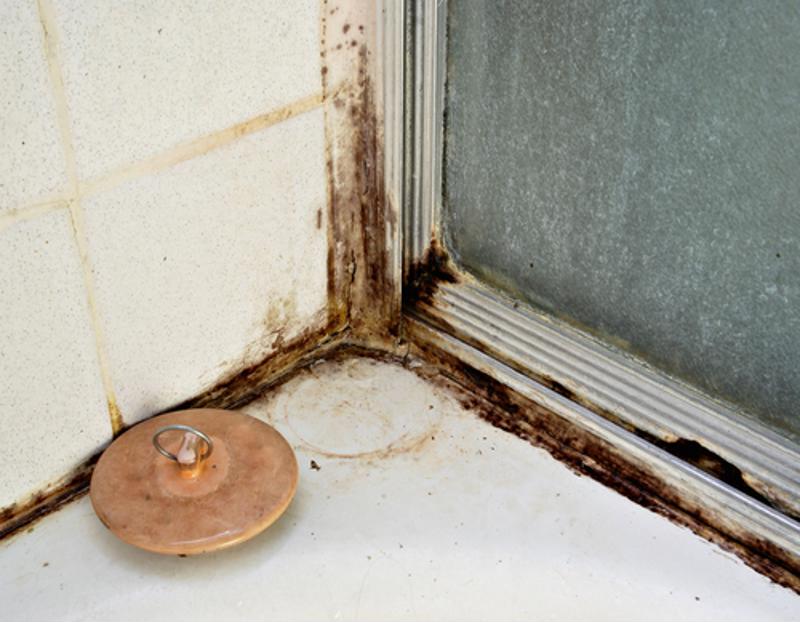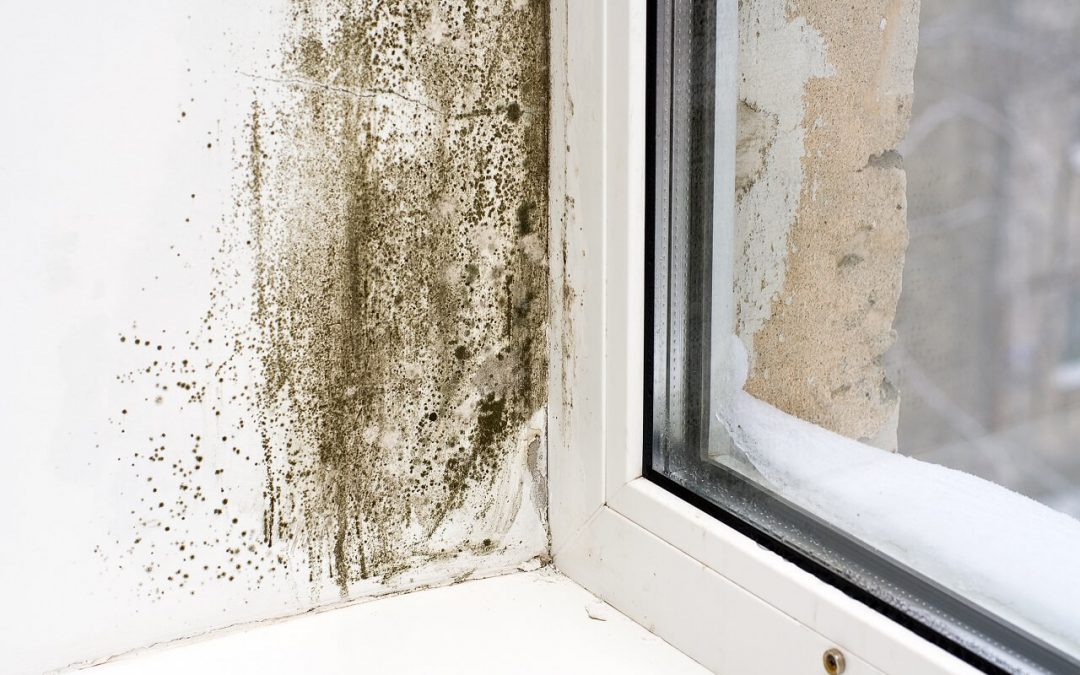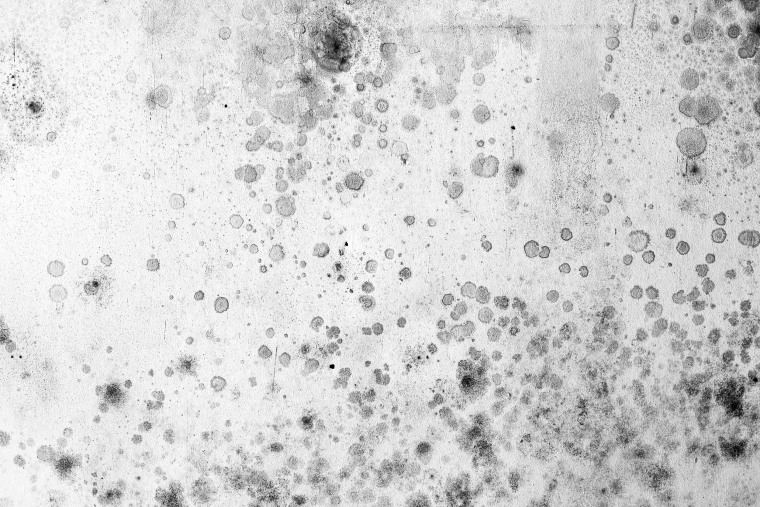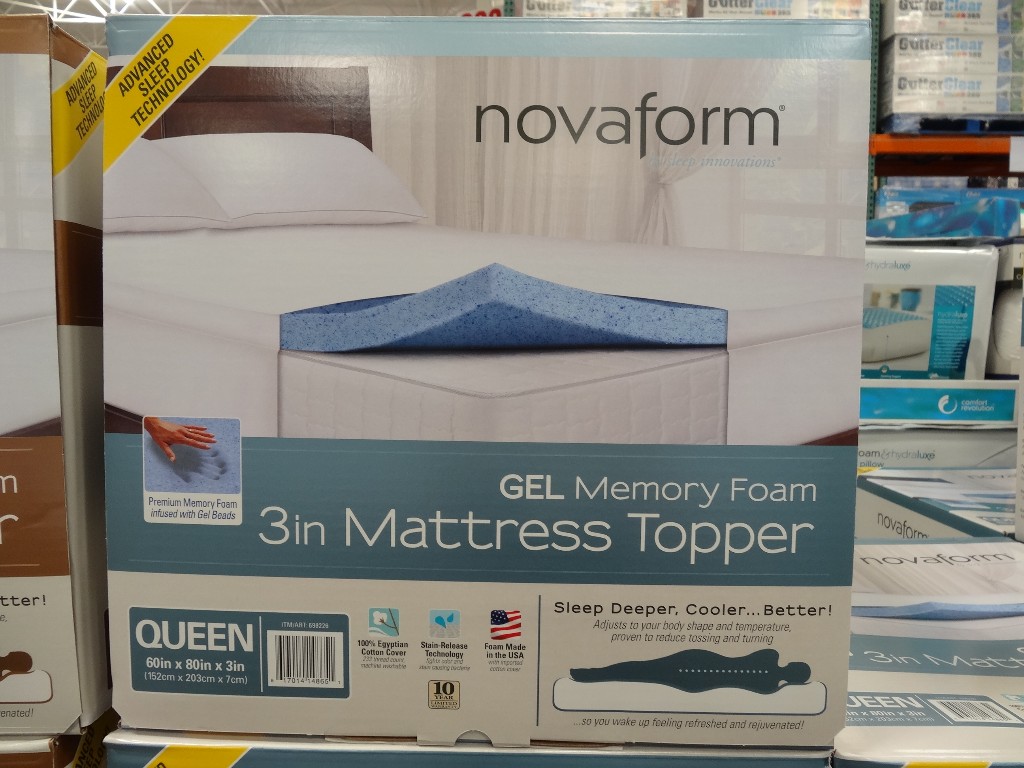If you've noticed unsightly black spots or a musty odor coming from your bathroom sink, chances are you have a mold problem. Not only is mold unappealing to look at, but it can also cause health issues and damage to your sink if left untreated. Fortunately, there are several effective ways to remove mold from your bathroom sink and prevent it from coming back. Here are 10 tips to help you get rid of mold in your bathroom sink.Remove Mold from Bathroom Sink: 10 Effective Tips
Before you start any mold removal process, it's important to identify the type of mold you're dealing with. Some types of mold can be removed safely with DIY methods, while others may require professional assistance. If you have a severe mold infestation or are unsure about how to handle it, it's best to consult a professional mold removal service. However, for small and manageable cases of mold in your bathroom sink, here's how you can get rid of it on your own.How to Get Rid of Mold in the Bathroom Sink
One of the most effective ways to remove mold from your bathroom sink is by using a mixture of equal parts white vinegar and water. Simply spray the solution onto the affected areas and let it sit for about an hour. Afterward, scrub the mold with a brush or sponge and rinse the sink thoroughly. Vinegar is a natural disinfectant and can kill most types of mold, making it a safe and eco-friendly option for mold removal.DIY Mold Removal for Bathroom Sinks
If you prefer using store-bought products, there are many mold removal sprays and cleaners available on the market. Look for ones that are specifically designed for bathroom surfaces and contain ingredients like bleach or hydrogen peroxide, which are known to kill mold effectively. Be sure to follow the instructions carefully and wear gloves and a mask for safety.Best Products for Removing Mold from Bathroom Sinks
The best way to deal with mold is to prevent it from growing in the first place. Regularly cleaning and drying your bathroom sink can go a long way in preventing mold growth. Make it a habit to wipe down your sink after each use and keep it as dry as possible. You can also use a fan or dehumidifier in your bathroom to reduce moisture levels, which is essential for mold growth.Preventing Mold Growth in Bathroom Sinks
If you prefer using natural ingredients, there are several options for removing mold from your bathroom sink. Baking soda, borax, and tea tree oil are all known for their mold-fighting properties and can be used to make a paste or spray for mold removal. These natural remedies are safe to use and can be just as effective as chemical cleaners.Natural Remedies for Removing Mold from Bathroom Sinks
If you have a persistent mold problem that you can't seem to get rid of, it may be time to call in the professionals. A mold removal service will have the necessary equipment and expertise to remove mold safely and effectively. They can also identify and address any underlying issues that may be causing the mold growth, such as leaks or poor ventilation.Professional Mold Removal Services for Bathroom Sinks
Mold thrives in damp and humid environments, making your bathroom sink the perfect breeding ground. Some common causes of mold in bathroom sinks include leaky pipes, poor ventilation, and not properly drying the sink after use. It's essential to address these issues to prevent mold growth from recurring.Common Causes of Mold in Bathroom Sinks
Once you've removed the mold from your bathroom sink, it's crucial to clean and disinfect the area to prevent it from coming back. Use a mixture of water and bleach or hydrogen peroxide to thoroughly clean the sink and surrounding areas. Be sure to wear protective gear and open the windows for ventilation while cleaning.How to Clean and Disinfect a Moldy Bathroom Sink
Mold can manifest in many ways, but some common signs to look out for include black or green spots, a musty odor, and discoloration of the sink surface. If you notice any of these signs, it's essential to address them immediately to prevent the mold from spreading and causing further damage. Follow the tips mentioned above to remove the mold and keep it from coming back. In conclusion, mold in your bathroom sink can be a nuisance, but it's not impossible to get rid of. By following these 10 effective tips, you can remove mold from your bathroom sink and prevent it from returning. Remember to address any underlying issues to keep your sink mold-free and maintain a clean and healthy bathroom environment.Signs of Mold in Bathroom Sinks and How to Address Them
How to Effectively Remove Mold from Your Bathroom Sink

Understanding the Dangers of Mold in Your Bathroom
 Mold is a common problem in many households, especially in the bathroom. Not only is it unsightly and can ruin the aesthetic of your bathroom, but it can also pose serious health risks.
Mold
thrives in moist and warm environments, making your bathroom sink a perfect breeding ground. If left untreated,
mold
can cause respiratory problems, allergies, and even trigger asthma attacks. Therefore, it is important to take immediate action to remove
mold
from your bathroom sink as soon as you notice it.
Mold is a common problem in many households, especially in the bathroom. Not only is it unsightly and can ruin the aesthetic of your bathroom, but it can also pose serious health risks.
Mold
thrives in moist and warm environments, making your bathroom sink a perfect breeding ground. If left untreated,
mold
can cause respiratory problems, allergies, and even trigger asthma attacks. Therefore, it is important to take immediate action to remove
mold
from your bathroom sink as soon as you notice it.
Steps to Remove Mold from Your Bathroom Sink
 Step 1: Identify the Source
Before you start the cleaning process, it is important to identify the source of the
mold
. Most often,
mold
in the bathroom sink is caused by leaks or excess moisture from a faulty faucet or plumbing. Make sure to fix any leaks or water damage to prevent
mold
from recurring.
Step 2: Gather Supplies
To effectively remove
mold
from your bathroom sink, you will need some essential supplies such as gloves, a mask, bleach or vinegar, a scrub brush, and a sponge or cloth. Make sure to wear protective gear to avoid any potential health hazards.
Step 3: Clean the Sink
Using a mixture of water and either bleach or vinegar, scrub the sink and faucet thoroughly to remove any visible
mold
stains. Make sure to also clean the drain and any hard-to-reach areas. Rinse with clean water and dry the sink with a cloth.
Step 4: Prevent Future Growth
To prevent
mold
from growing back, it is important to keep your bathroom sink clean and dry. Make sure to regularly wipe down the sink after use and fix any leaks or plumbing issues.
Step 1: Identify the Source
Before you start the cleaning process, it is important to identify the source of the
mold
. Most often,
mold
in the bathroom sink is caused by leaks or excess moisture from a faulty faucet or plumbing. Make sure to fix any leaks or water damage to prevent
mold
from recurring.
Step 2: Gather Supplies
To effectively remove
mold
from your bathroom sink, you will need some essential supplies such as gloves, a mask, bleach or vinegar, a scrub brush, and a sponge or cloth. Make sure to wear protective gear to avoid any potential health hazards.
Step 3: Clean the Sink
Using a mixture of water and either bleach or vinegar, scrub the sink and faucet thoroughly to remove any visible
mold
stains. Make sure to also clean the drain and any hard-to-reach areas. Rinse with clean water and dry the sink with a cloth.
Step 4: Prevent Future Growth
To prevent
mold
from growing back, it is important to keep your bathroom sink clean and dry. Make sure to regularly wipe down the sink after use and fix any leaks or plumbing issues.
Seek Professional Help
 If the
mold
in your bathroom sink is extensive or you are not comfortable handling the cleaning process yourself, it is best to seek professional help. A mold remediation specialist can effectively remove
mold
and ensure that it does not come back.
In conclusion,
mold
in your bathroom sink is not only an eyesore but also a health hazard. By following these simple steps and taking preventative measures, you can effectively remove
mold
and keep your bathroom sink clean and safe. Remember to also regularly check your sink for any signs of
mold
and address them promptly to avoid potential health risks.
If the
mold
in your bathroom sink is extensive or you are not comfortable handling the cleaning process yourself, it is best to seek professional help. A mold remediation specialist can effectively remove
mold
and ensure that it does not come back.
In conclusion,
mold
in your bathroom sink is not only an eyesore but also a health hazard. By following these simple steps and taking preventative measures, you can effectively remove
mold
and keep your bathroom sink clean and safe. Remember to also regularly check your sink for any signs of
mold
and address them promptly to avoid potential health risks.



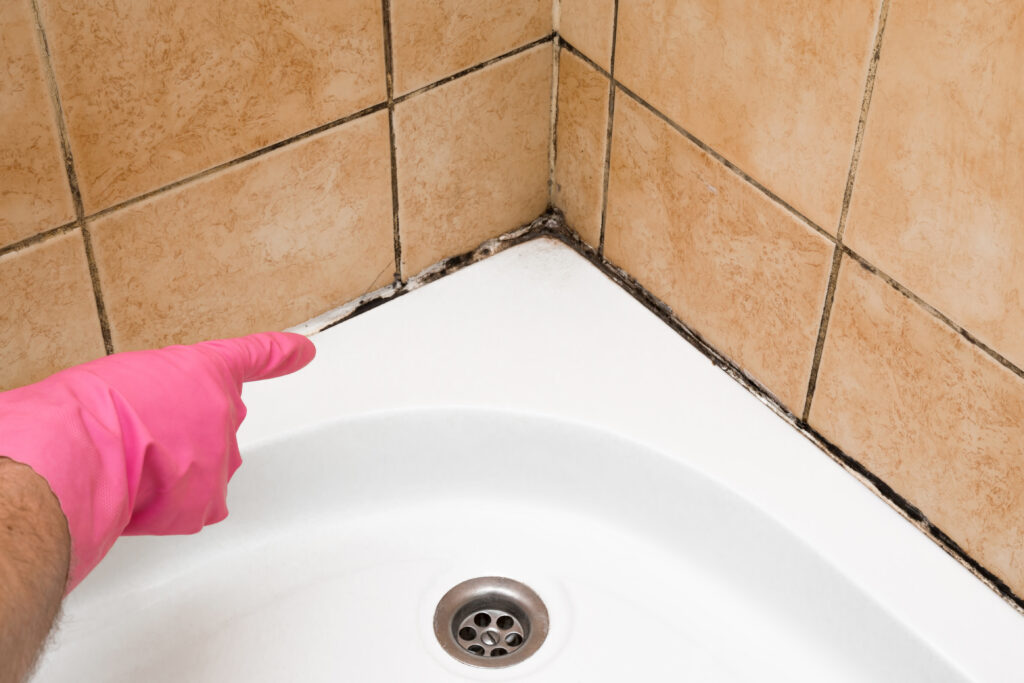


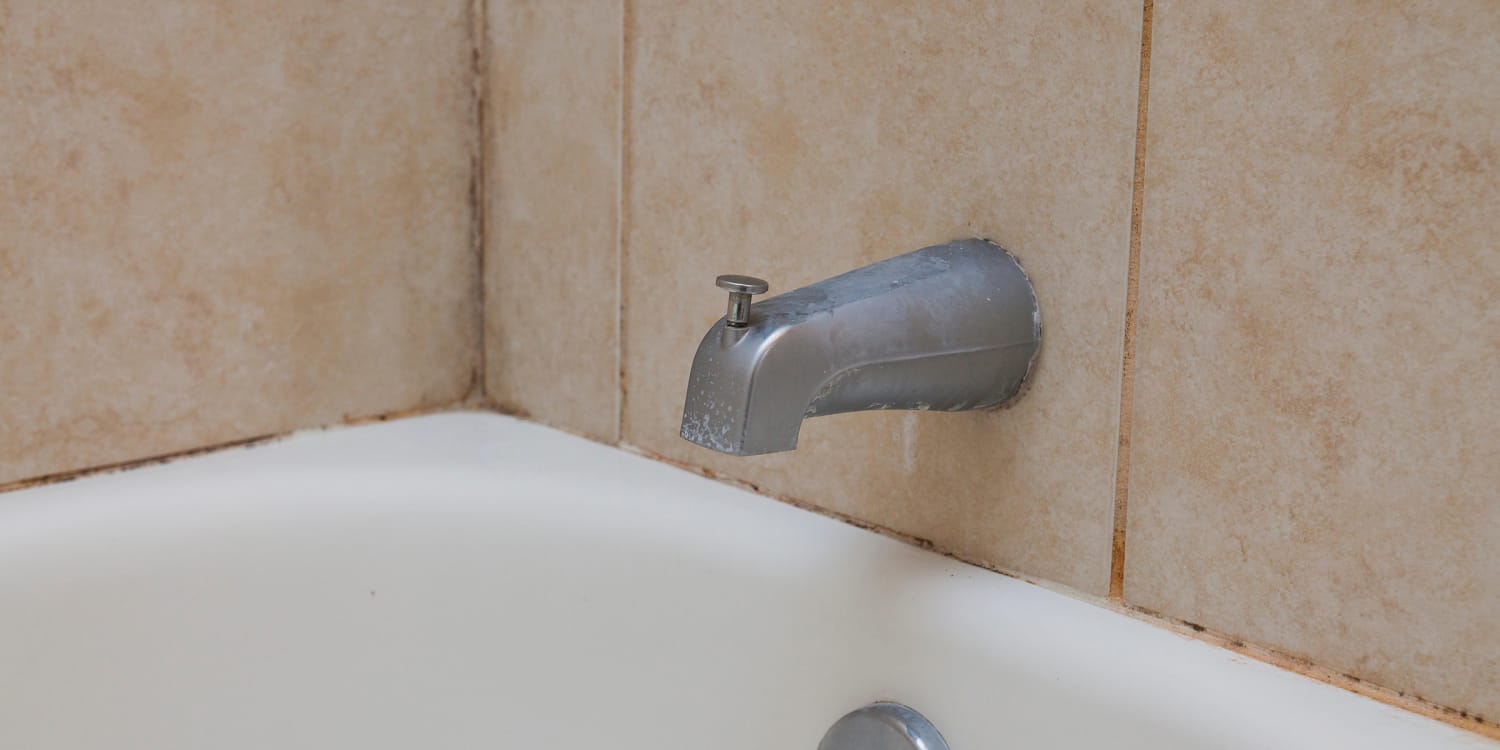



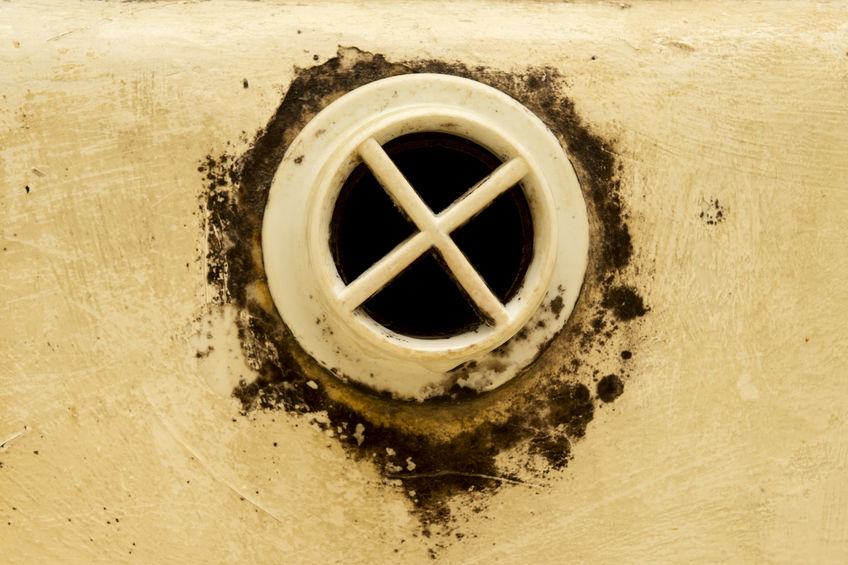


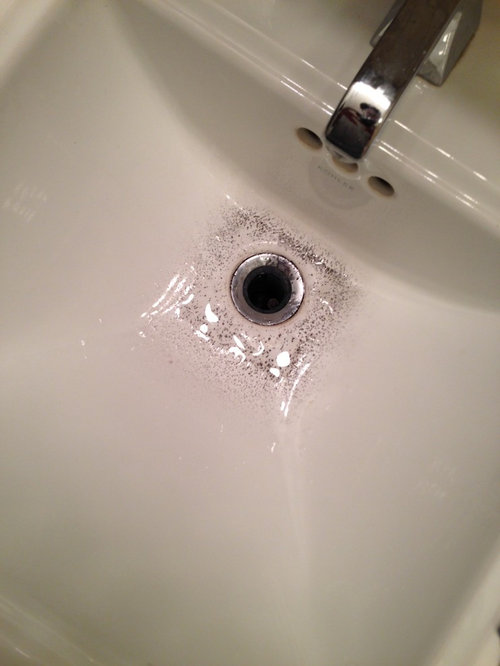






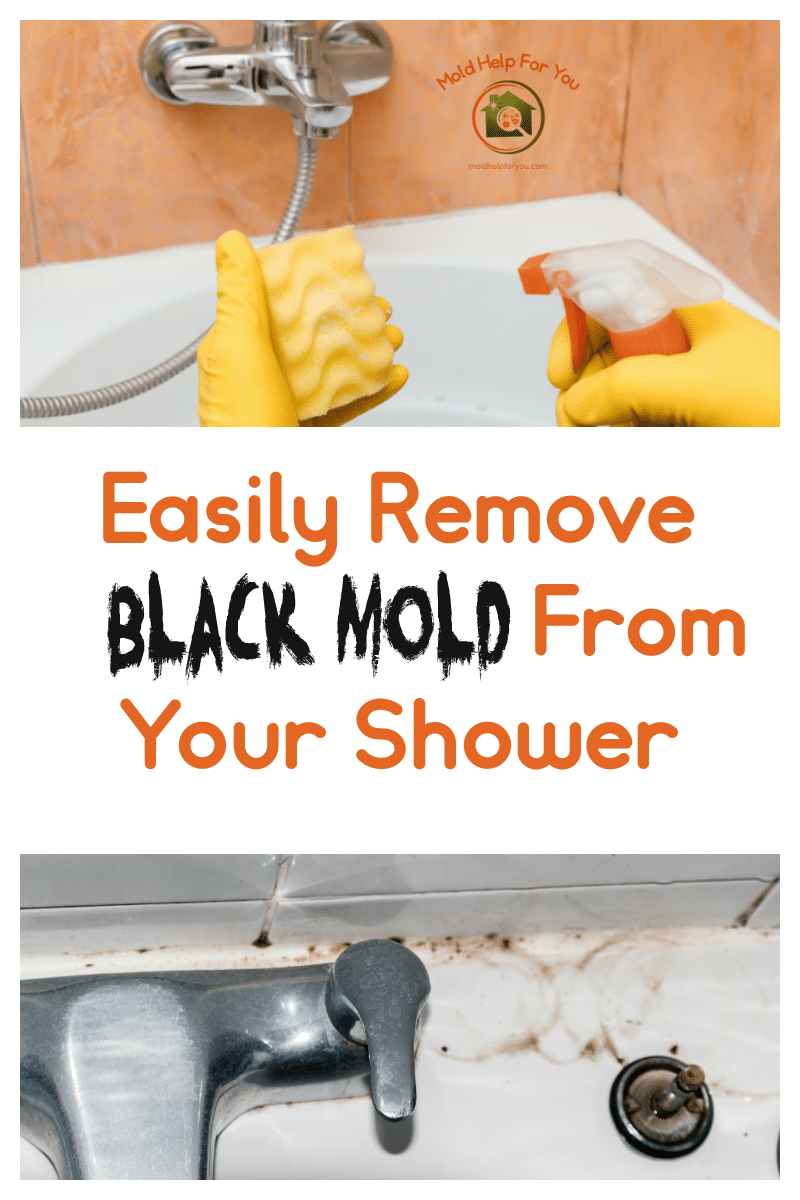






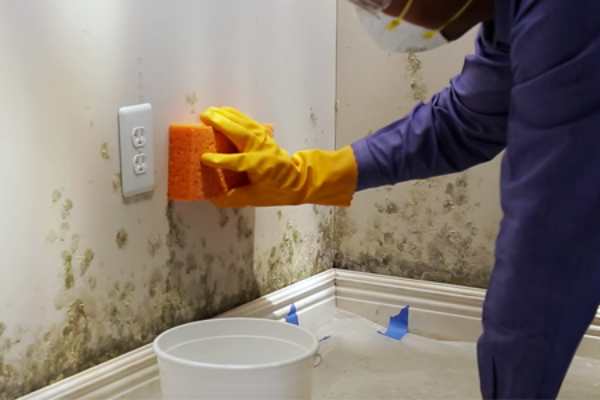





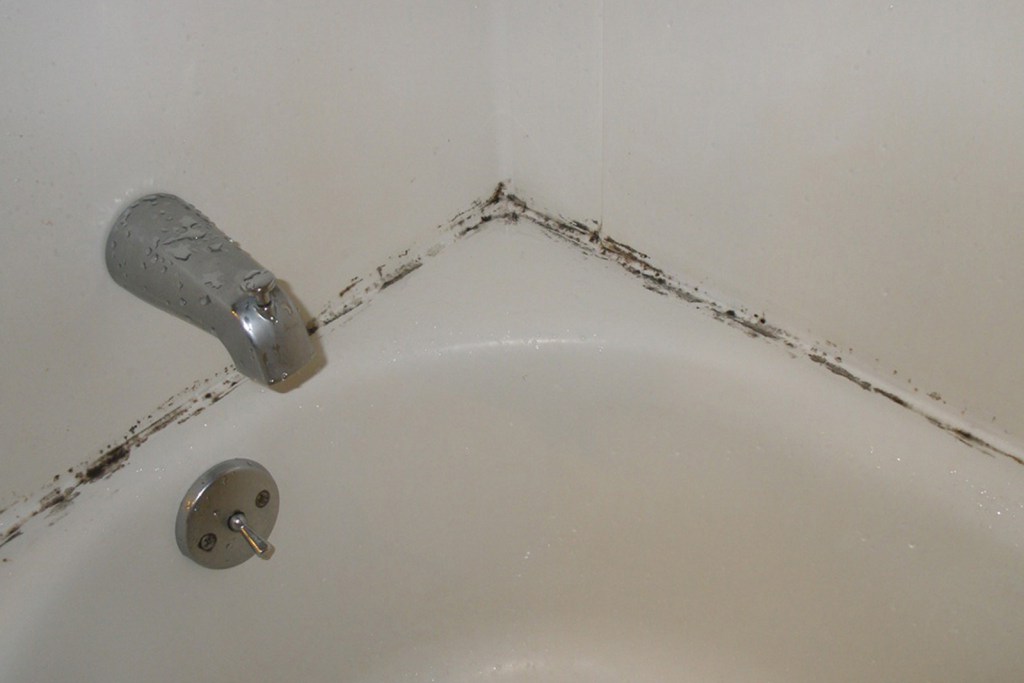

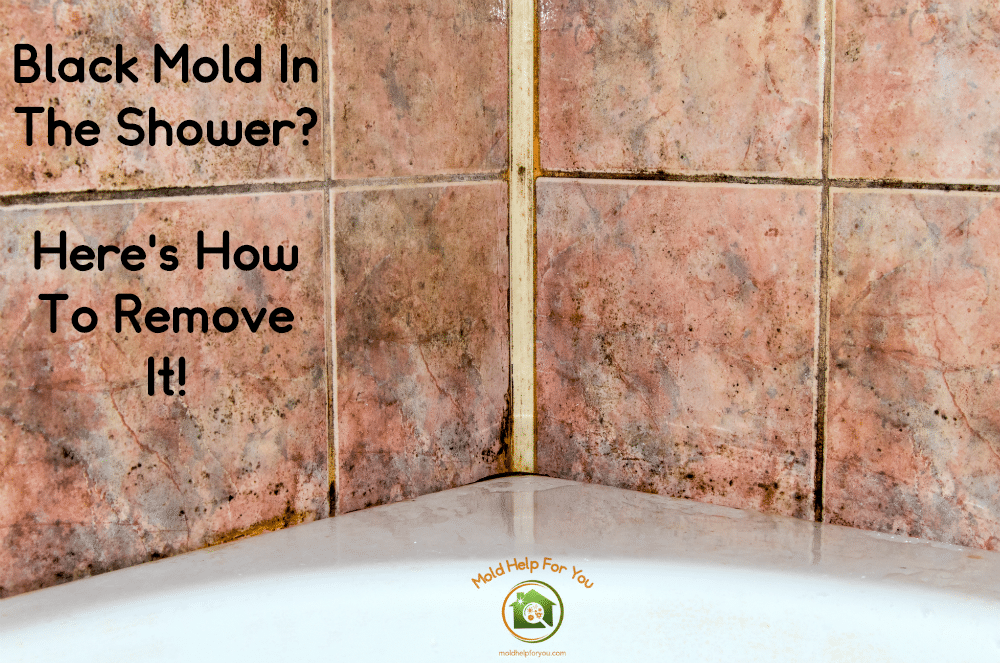





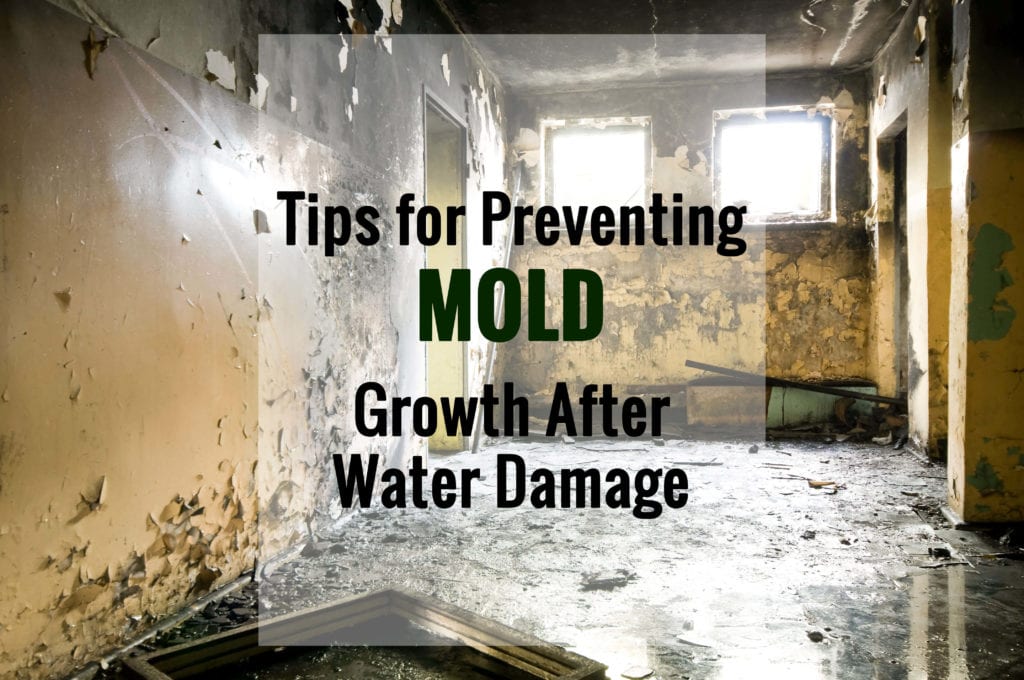
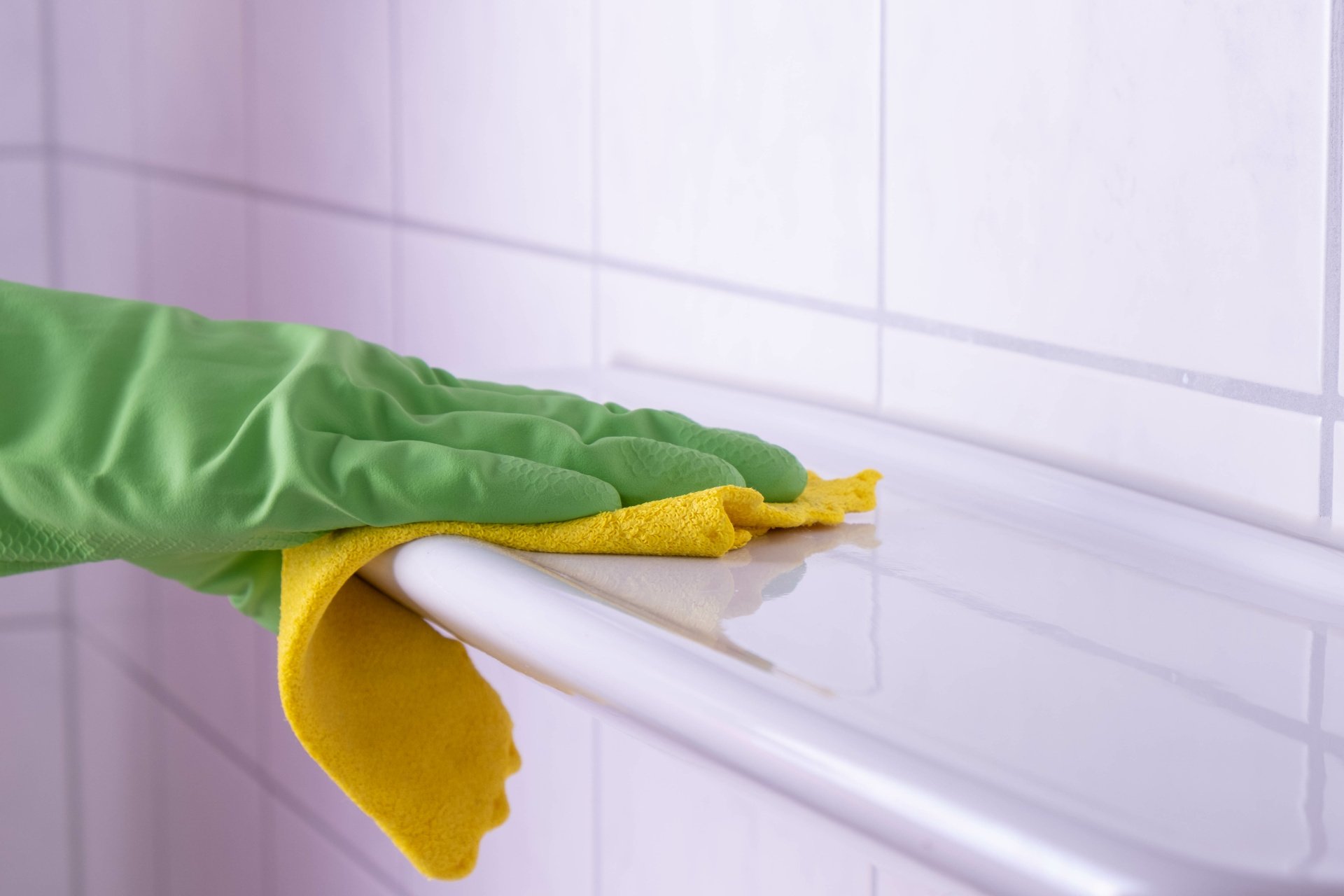


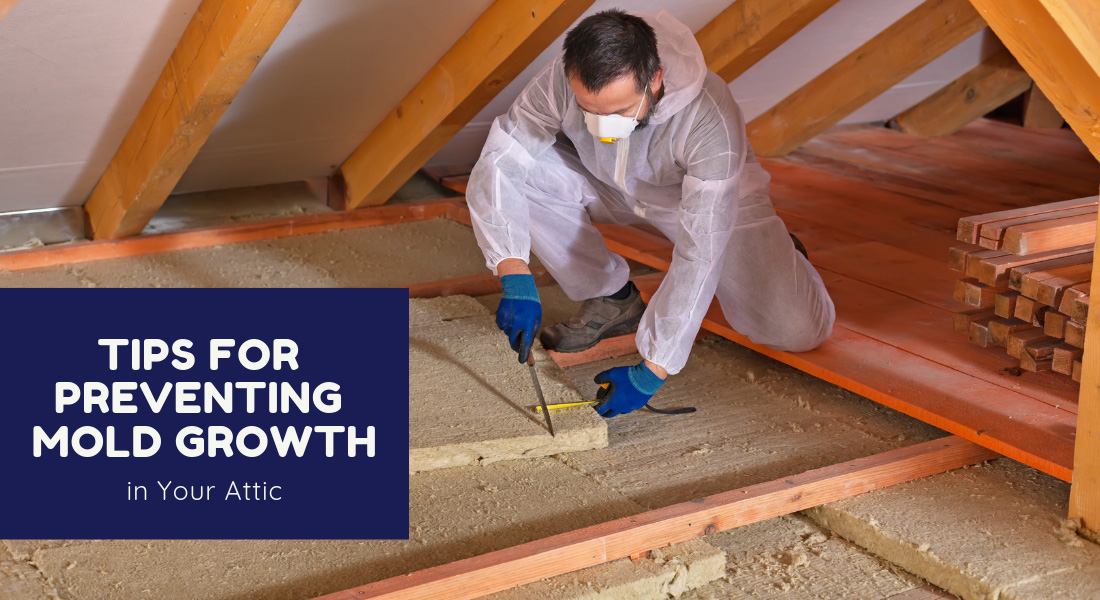






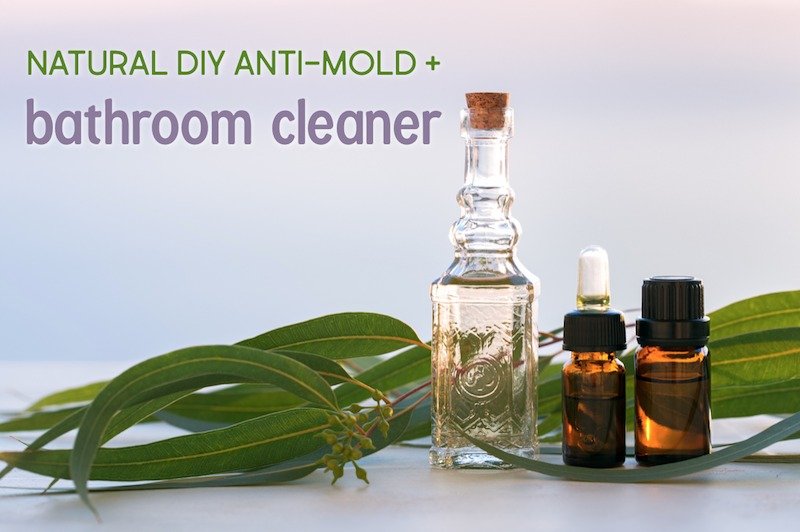
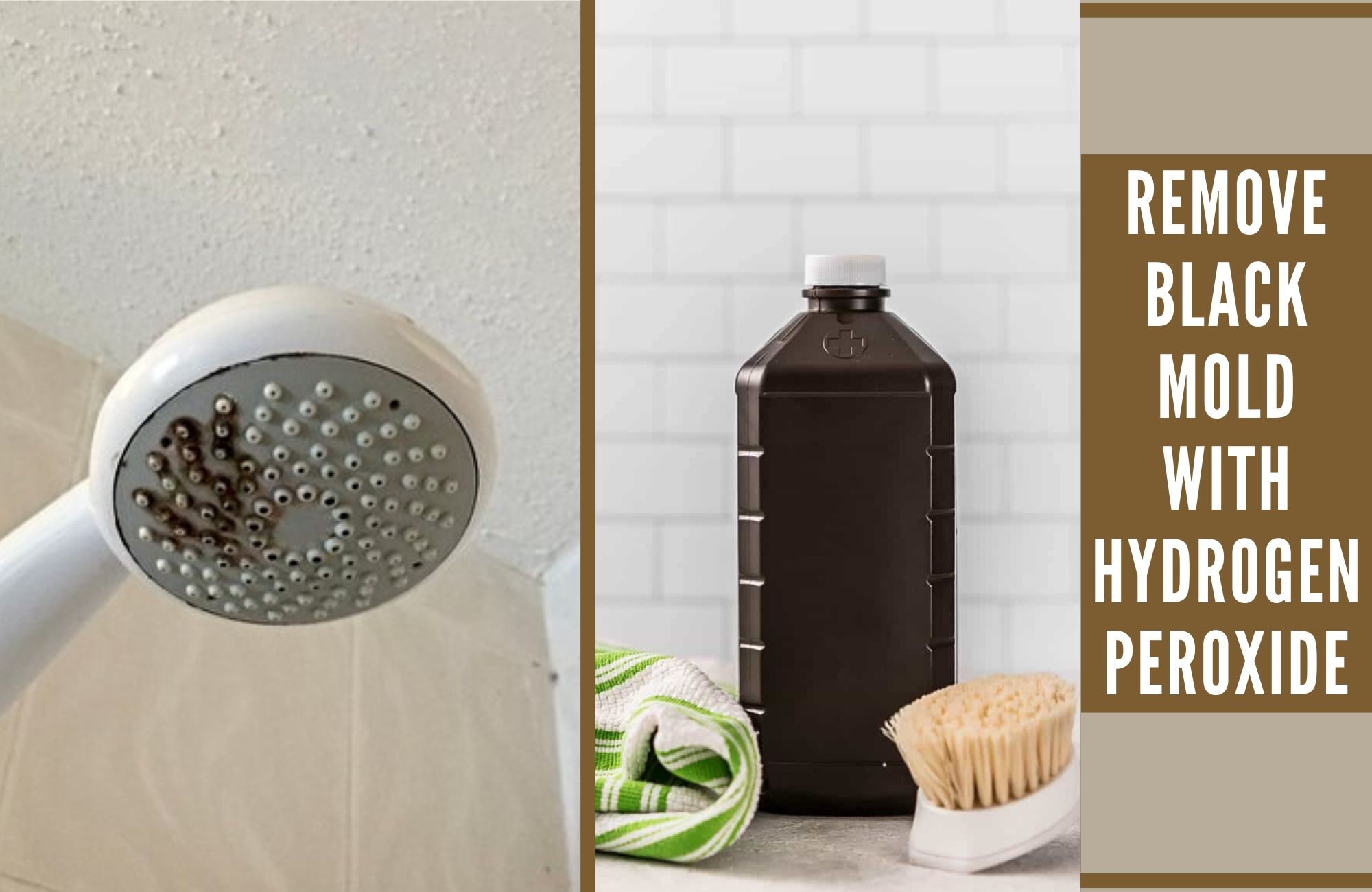
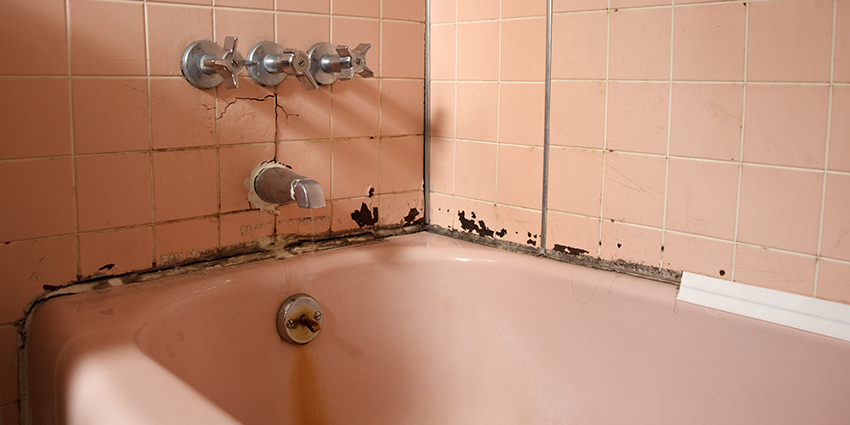




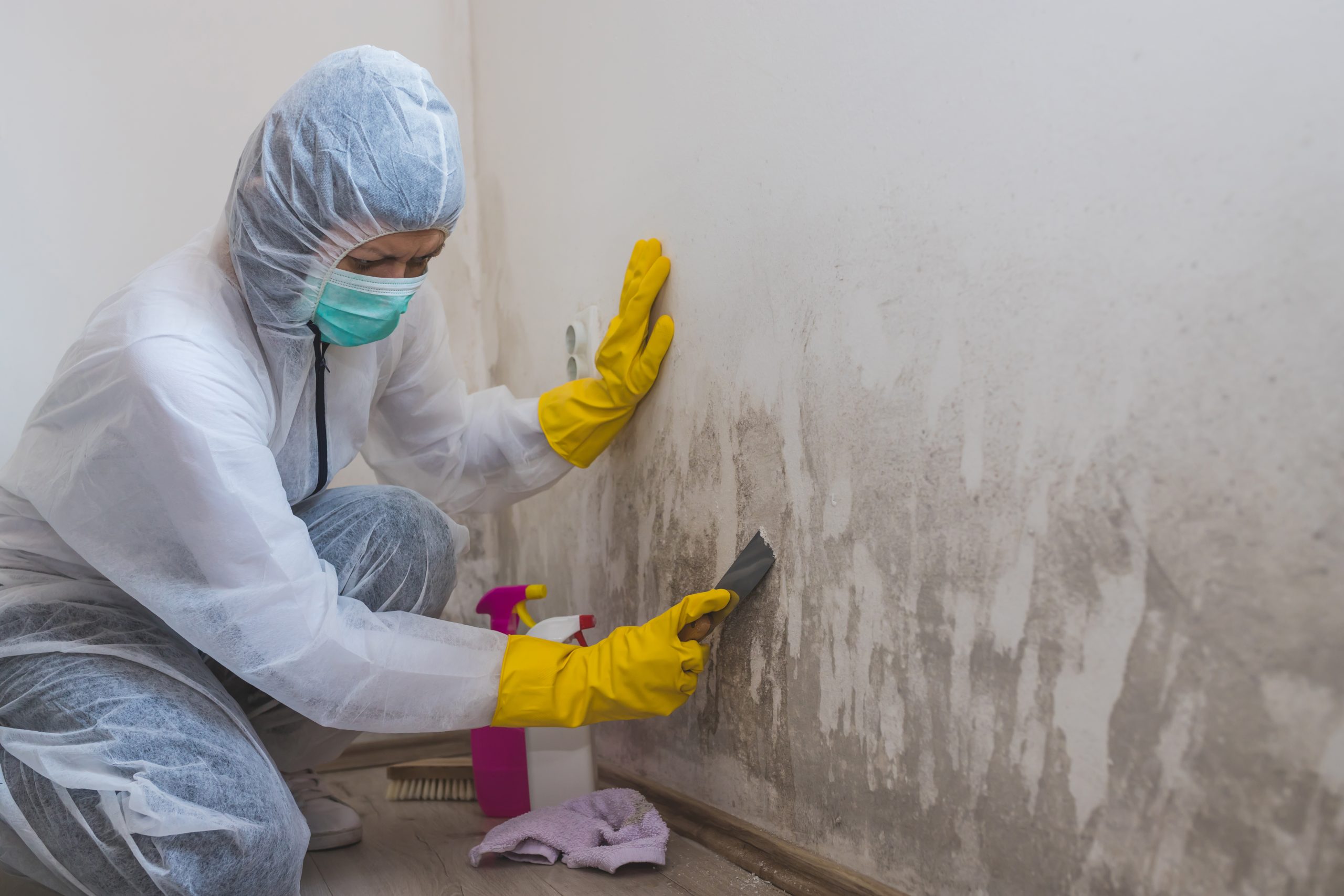









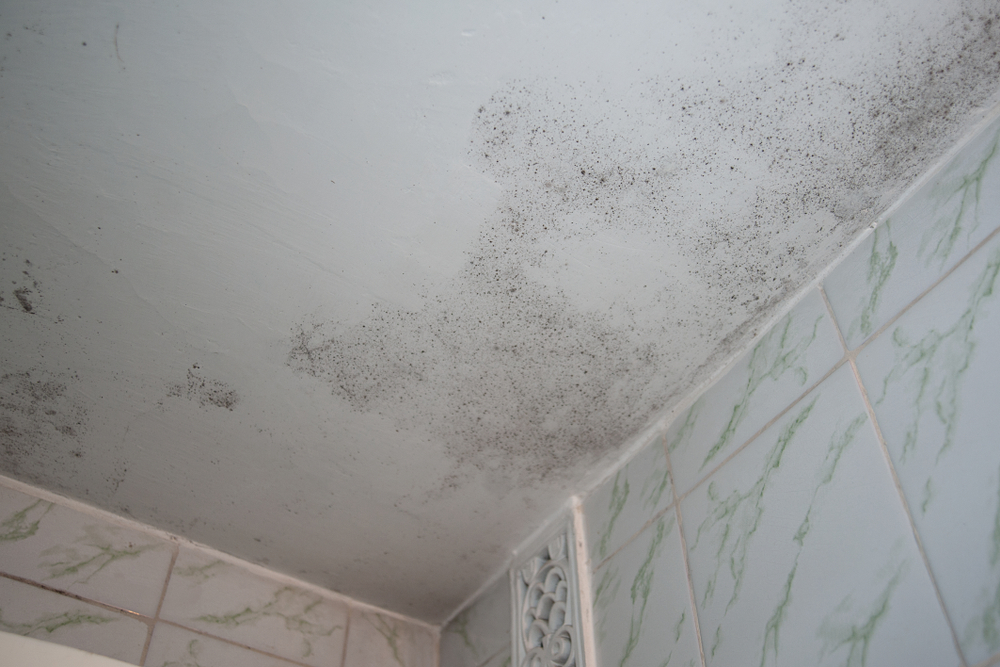

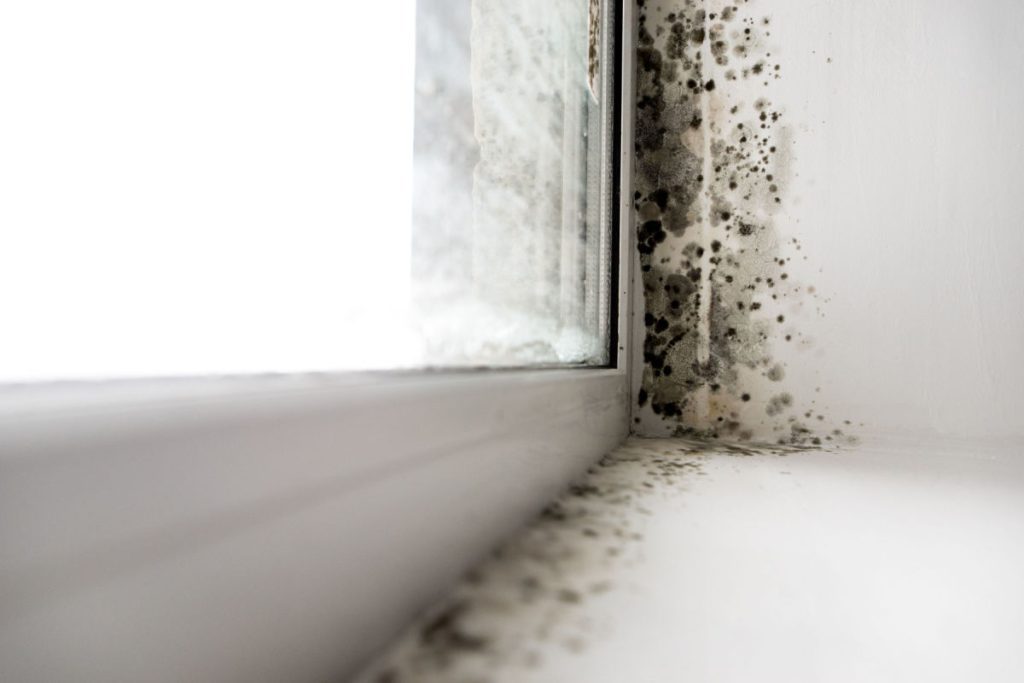




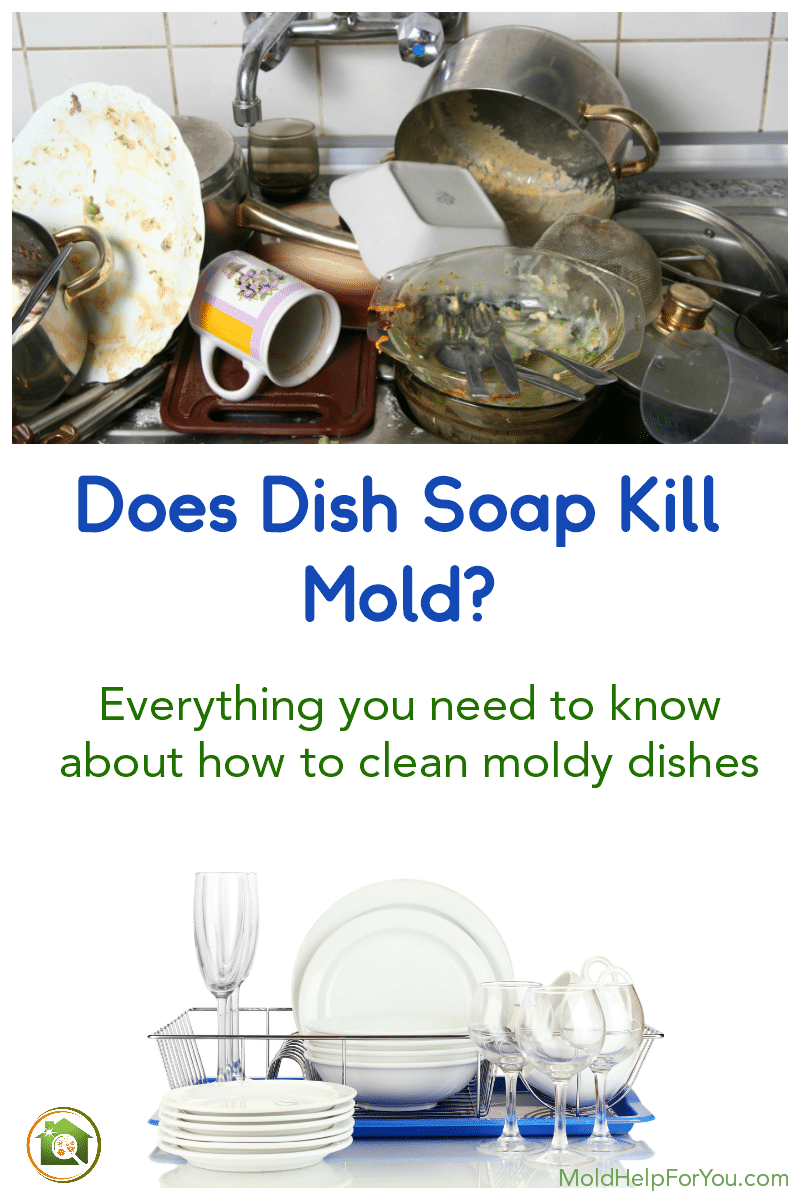
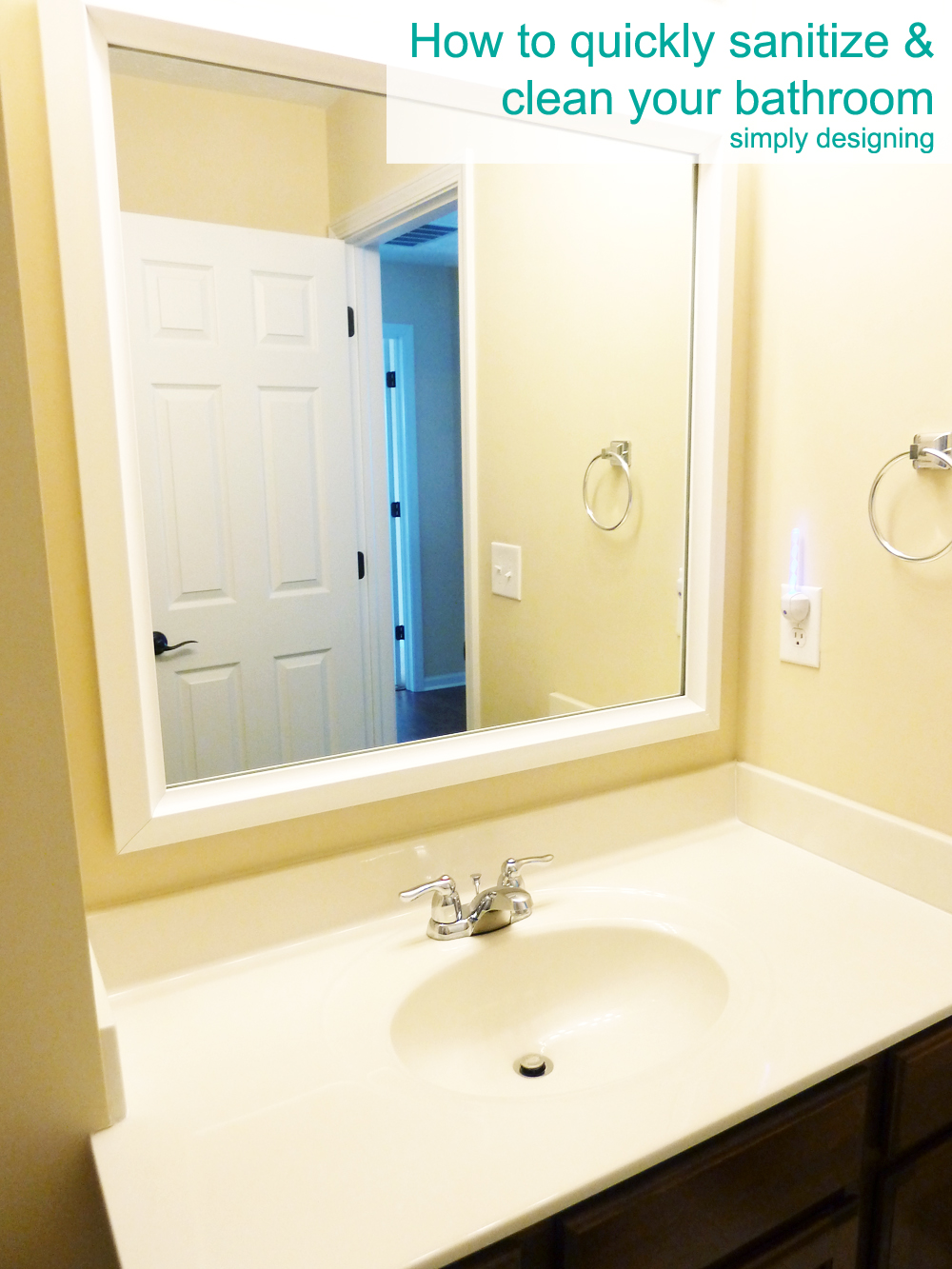

:max_bytes(150000):strip_icc()/cleaning-bathroom-sink-GettyImages-dv1449036-566b487a3df78ce16163bfba.jpg)
